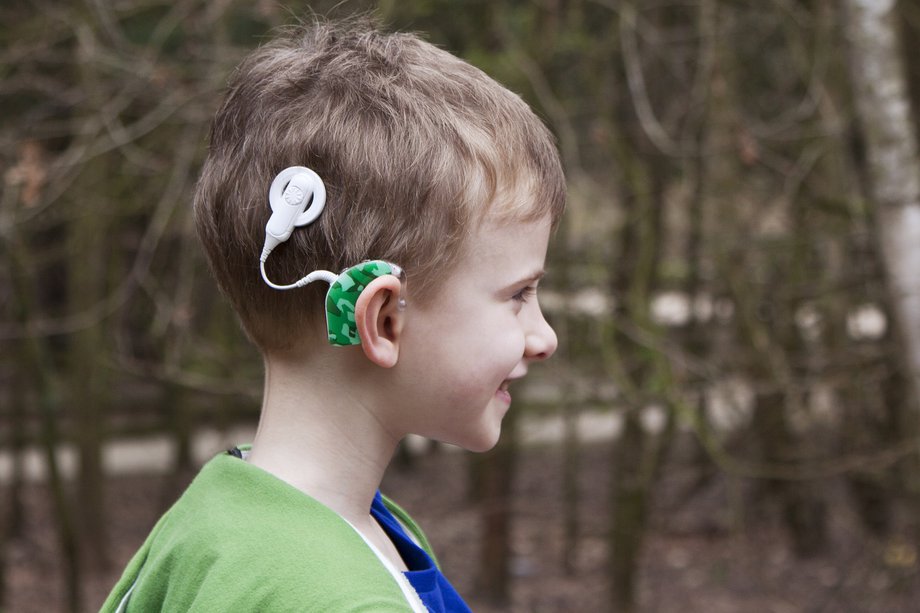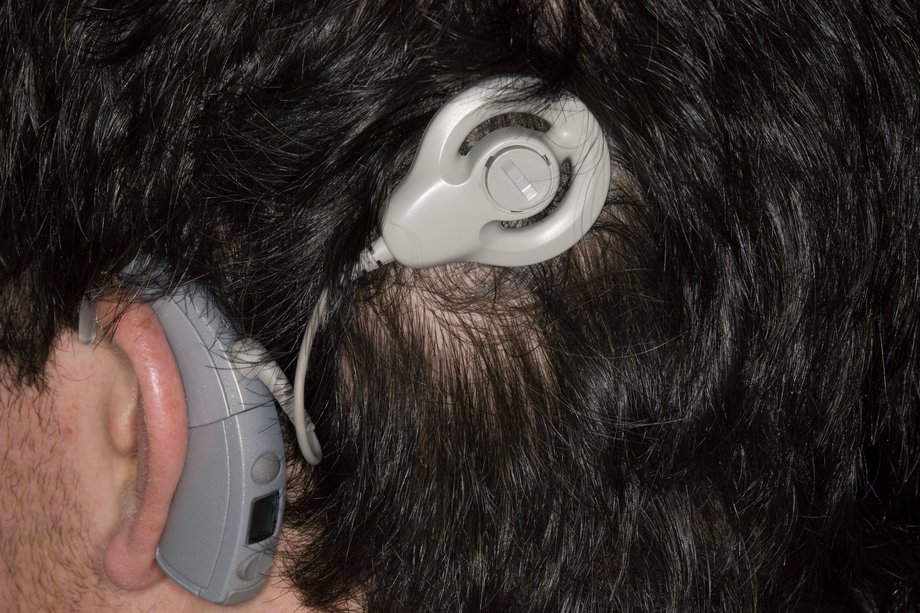TreatmentHearing loss
The treatments for hearing loss depend on what's causing it.
Sometimes it gets better on its own or can be treated with medicine or a simple procedure.
Some cases of sudden hearing loss may be treated using steroids.
Hearing loss caused by earwax build-up can be treated, by your GP or practice nurse, with:
- ear drops
- irrigation (flushing the wax out using water)
- microsuction (using a vacuum to suck the wax out)
Other types of hearing loss – such as gradual hearing loss that can happen as you get older – may be permanent.
Hearing aids
Hearing aids are small electronic devices worn in your ear that make sounds louder and clearer, although they won't give you back your full hearing.
There are many different types of hearing aid, including:
- behind the ear hearing aids (the most common type) – hearing aids that go around the top and back of the ear
- in the ear hearing aids – small hearing aids that fit in the opening of the ear
- in the canal hearing aids – very small hearing aids that fit a bit further into the opening of the ear, so they're just visible
Speak to your GP if you think you need a hearing aid. They can refer you to a specialist who can advise you whether a hearing aid is suitable for you and which types may be best.
Modern hearing aids are available on the NHS, but these are mainly the behind the ear type. You can choose to pay privately for types not provided on the NHS.
Read more about hearing aids, including what the main types look like and how to get them on the NHS or privately.
Hearing implants
For some people, hearing aids don't help and instead they need to have a special device fitted inside or to their skull during an operation. These are known as hearing implants.
Common types of implant include bone anchored hearing aids, cochlear implants, auditory brainstem implants and middle ear implants.
Bone anchored hearing aids

A bone anchored hearing aid (BAHA) may be an option if you have hearing loss caused by sound being unable to reach your inner ear.
This type of hearing aid is attached to your skull during a minor operation. It picks up sound and sends it to the inner ear by vibrating the bones near your ear.
It can be clipped on and off – for example, it's removed at night and when you swim or take a shower. Some newer types are held onto the head with magnets instead of a connector through the skin.
Action on Hearing Loss has a leaflet about BAHAs and similar hearing aids (PDF, 360kb).
Cochlear implants

A cochlear implant may be an option if you have severe, permanent hearing loss that isn't helped by hearing aids.
They work by turning sound into electrical signals and sending them to part of the inner ear called the cochlea. From here, the signals travel to the brain and are heard as sound.
The implant has 2 main parts:
- a microphone behind the ear that picks up sound and changes it into electrical signals, which are sent along a wire to a device on the skin
- a device placed inside the skull that picks up the electrical signals from the device on the skin and sends them along wires to the cochlea
Before having a cochlear implant, you'll have an assessment to find out if it will help. The implant will only work if the nerve that sends sound to the brain (auditory nerve) is working properly.
Action on Hearing Loss has more information about cochlear implants.
Auditory brainstem implants

An auditory brainstem implant (ABI) may be an option if you have severe, permanent hearing loss and a problem with your auditory nerve.
An ABI works in a similar way to a cochlear implant, but the electrical sound signals are sent directly to the brain along wires, instead of the cochlea.
An ABI won't usually fully restore your hearing, but it can usually improve it to some degree.
Hearing Link has more information about auditory brainstem implants.
Middle ear implants
A middle ear implant (MEI) may be an option if you can't use a regular hearing aid – for example, because you're allergic to the materials they're made from or they don't fit in your ear correctly.
An MEI has 2 main parts:
- a device attached to the skin that picks up sound and turns it into an electrical signal
- a device under the skin that picks up these signals and sends them along a wire to the small hearing bones deep in the ear, which causes them to vibrate
Vibrating the hearing bones means that sound can travel into your inner ear and brain. This won't fully restore your hearing, but it can help make sounds louder and clearer.
Hearing Link has more information about middle ear implants.
Follow-up appointments
You should be offered a follow-up appointment 6 to 12 weeks after your hearing aids are fitted for the first time.
This appointment is an opportunity to:
- check you're happy with your hearing aids and any assistive listening devices (ALDs) and that you're making the best use of them
- ask about additional support, such as communication, social care or rehabilitation support services
- find out if you could benefit from a second hearing aid, if you initially chose a single hearing aid
Assistive listening devices (ALDs)
There are many sorts of listening devices, other than hearing aids, to help boost your hearing in everyday situations in the home and out and about.
ALDs, which can be used with a hearing aid or on their own, include:
- personal hearing loops, like neckloops, that allow you to hear music or phone calls directly through your hearing aid
- personal communicators (or conversation listeners): portable devices to help hear over a long distance or in noisy places
- TV amplifiers: devices that allow you to hear sound clearly through your hearing aid without needing to turn up the volume
- smoke alarms appropriate for your level of hearing, such as vibrating devices
Your GP or hearing specialist will tell you about organisations that provide advice on obtaining ALDs, such as:
- social services
- fire service
- government programmes such as Access to Work or Disabled Student Allowance
Sign language and lip reading
If you've been deaf from birth or you develop severe hearing loss later in life, it can affect your ability to communicate with other people.
But you can learn different methods of communicating that can be used instead of, or as well as, spoken English.
Two of the main methods are:
- lip-reading – where you learn to watch a person's mouth movements while they're speaking to understand what they're saying
- sign language – a visual way of communicating using hand gestures, facial expressions and body language
For more information and help, see:
- Action on Hearing Loss: lip-reading
- Action on Hearing Loss: British Sign Language (BSL)
- Association of Teachers of Lipreading to Adults (ATLA): find a lip-reading class in your area